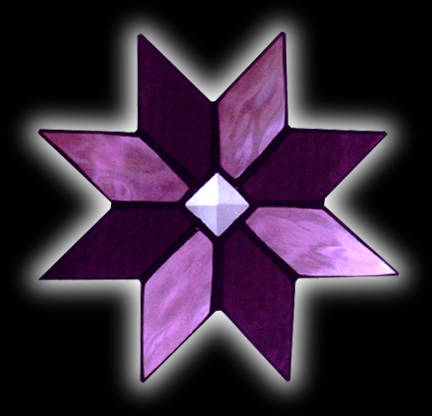For generations this star shape has been a favorite for quilters to use in the traditional "Star Quilt Pattern". The star shape can be found in Native American tribal decorations (such as beadwork) and in other cultures, dating to antiquity. When missionaries taught the Plains Indians women how to sew quilts, they utilized this star shape in what was sometimes called the "Morning Star Quilt".
Quilts, especially pieced quilts, were uncommon at the dawn of the nineteenth century. Yet by the end of the century quilt making was common and quilts were usually pieced blocks that were then sewn together to make the full quilt.
The industrial revolution brought about the most dramatic change as textiles came to be manufactured on a broad scale. This meant women no longer had to spend time spinning and weaving to provide fabric for their family’s needs. By the 1840s the textile industry had grown to the point that commercial fabrics were affordable to almost every family. As a result quilt making became widespread.
Also during this period the invention and availability of the sewing machine contributed to quilt making. For example, in 1856 The Singer company started the installment plan so that more families could afford a sewing machine.
Many quilts which were originally produced for use on a bed are now considered to be early American art, and as such are no longer used as bed covering at all, but are rather hung on a wall or otherwise displayed.
Information source: Wikipedia





